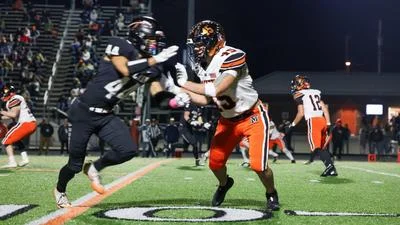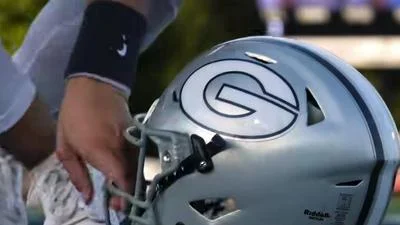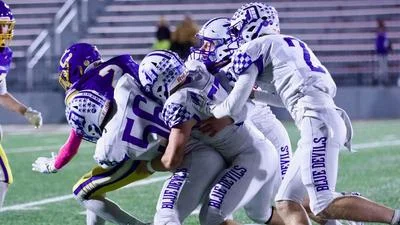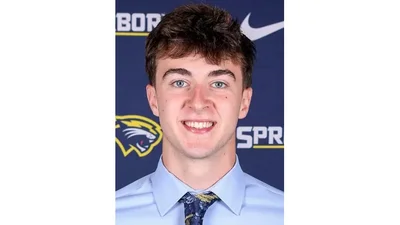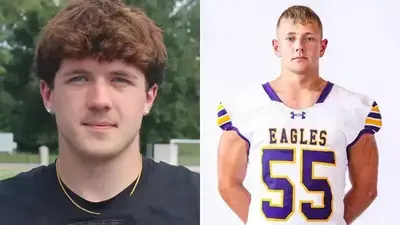It is a common sight to see people tossing a Frisbee around parks and lawns and beaches as a fun way to spend time outside and gather with friends. But beyond casual frisbee tossers, there is another community of people invested in Ultimate Frisbee, a competitive sport that features world-class athletes and is much more than a simple toss in the park.
The first game of Ultimate was played in Maplewood, N.J., in the senior parking lot of Columbia High School, the public high school in the town. Joel Silver introduced the game, presenting it to the school’s student council in 1968. Silver, along with Buzzy Hellring and Jon Hines, codified the rules, and soon students were playing regular games in the parking lot with a Wham-O Master disc. On Nov. 7, 1970, the first interscholastic game was played between CHS and Milburn High School at the lot, with CHS triumphing 43-10. It was the genesis of a sport that has continued to grow with popularity over time and was recognized by the International Olympic Committee as an official sport in 2015.
The game of Ultimate is played on a field 70 yards long and 40 yards wide with 20-yard end zones. Each team has seven players on the field, with the goal being to throw the Frisbee to a teammate in the end zone. When in possession of the Frisbee, players cannot move beyond setting a pivot foot and have to pass the disc to their teammates cutting downfield. If the defense catches or blocks the disc or if the offense throws it away, there is a turnover and possession changes, with the defense becoming the offense and attempting to pass into their own end zone.
Anthony Nuñez, who grew up in Maplewood, remembers his introduction to Ultimate. It was a rainy afternoon and he passed by the CHS team playing at Maplewood Memorial Park and joined in their game.
“I was wearing jeans and sneakers but didn't care. The scrimmage was a ton of fun. In order to score, you had to dive for the disc. My first bid was just me sliding on my knees, but it felt awesome,” he said. “I have not stopped thinking about or being involved with Ultimate since.”
Ultimate has become one of the most important parts of Nuñez’s life. He became a member of the CHS team while in high school and later became the team’s coach, leading the team to win 11 New Jersey state championships. Currently, Nuñez coaches for Westfield High School in New Jersey, the youth club team DEVYL, the men’s club Ultimate team Philadelphia Phantom, and the American Ultimate Disc League (AUDL) team the New York Empire.
At all of those differing levels of play, the thing that keeps on drawing him back to the sport is community.
“I know that I can go to any state and find an Ultimate player that I know and could hang out with,” he said. “I have been playing and coaching Ultimate since 1994, and there is no other community like this one.”
Being part of an ultimate community as rich as CHS’s is something that Nuñez has found to be special.
“There is nothing like being a part of CHS's rich tradition,” he said. “It's a bond like no other.”
Even in places with a less-storied Ultimate tradition than CHS, Ultimate has become a prominent sport and a big part of local communities. That goes for Ohio, which has a growing Ultimate scene. In Knox County, both Ultimate teams at Kenyon College, SERF and Blu-Ray, qualified for Division-III College Nationals in 2021 in the men's and women’s divisions respectively. Going back even further, starting in 1942 a precursor game to Ultimate was played at Kenyon, using cake tins instead of plastic discs.
Next: Kenyon College, where the sport took off locally



